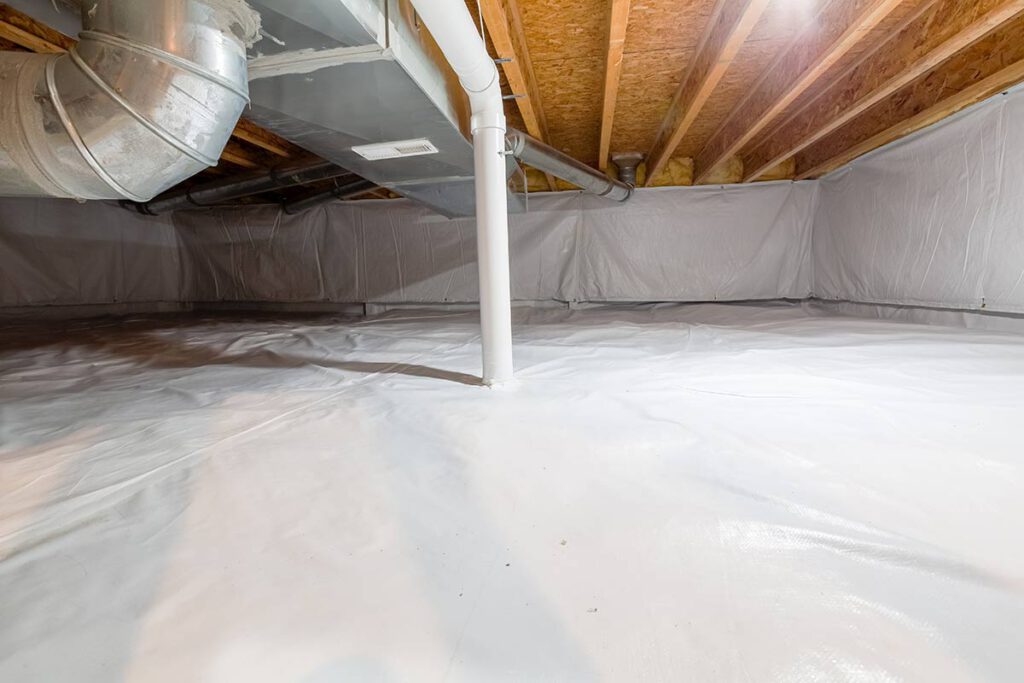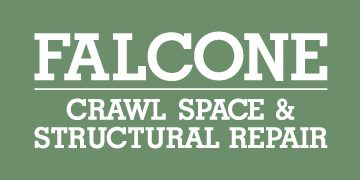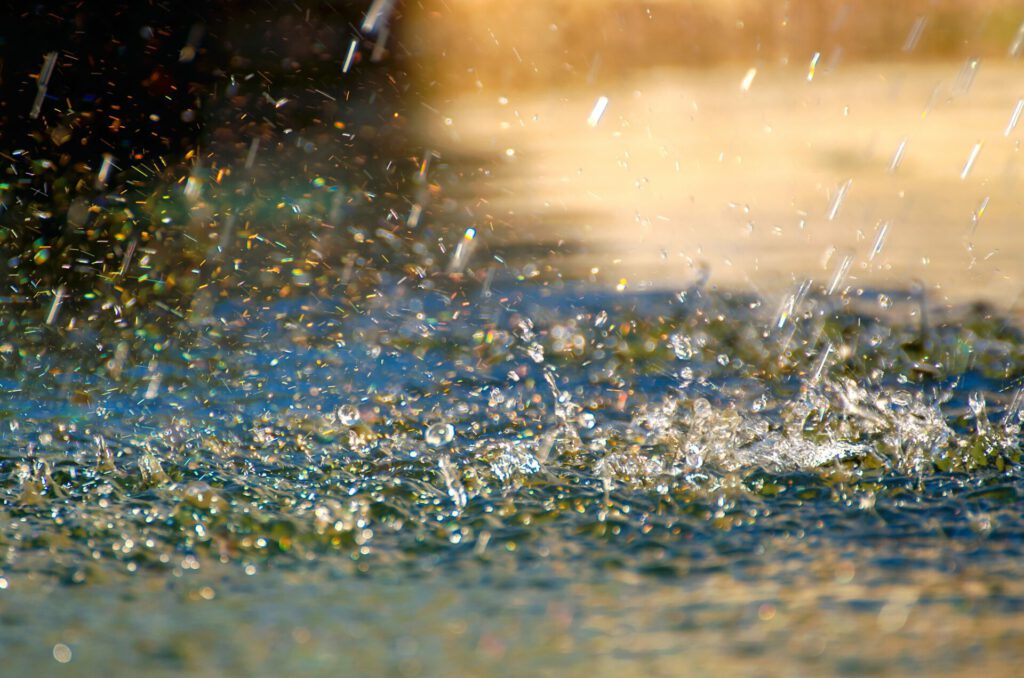How To Properly Maintain Your Crawl Space Encapsulation

Knowing how to maintain your crawl space encapsulation is an important part of protecting your crawl space against moisture damage. Otherwise, cold and damp floors, earthy smells, and moldy windows will be part of your reality. Professionals can install moisture barriers in very little time.
Encapsulation is not a “fix it and forget it” job by any means. An unmaintained water vapor barrier can become damaged and ineffective. When well-maintained, you can trust your barrier to work for many years.
What Are Some Warning Signs of Encapsulation Issues?
Scheduling an annual inspection can help keep your crawl space from causing major problems. Although some homeowners wait until they are ready to sell their homes, these inspections should already be in place.
Some signs of water vapor barrier breakdown include:
- Warped materials
- Damaged insulation
- Water presence
- Condensation
- Mice and rats
- Termites
- Foundation cracks
- Mildew and mold
Issues with your ventilation, plumbing, or wiring can also indicate water vapor barrier problems. You’ll minimize damage to your crawl space as well as save money on costly repairs.
When is the Best Time to Maintain Your Crawl Space Encapsulation?
Is there a time of year that is best to maintain your crawl space encapsulation? Scheduling an inspection before winter is ideal to make sure your crawl space is at top shape before you run your heating.
You should also schedule an inspection when you feel that your important investment in crawl space encapsulation is at risk. When there have been times of very heavy rainfall, you should also have an inspection done to make sure everything is alright.
How Do You Know If Your Encapsulation Has Become Damaged?
Crawl space encapsulation damage is easily noticed. Some of the telltale signs of encapsulation damage include:
- Heating costs growing higher
- Peeling paint on your walls
- Cold walls and floors
- Visible wall and floor moisture
Rodents might start taking up residence in your home, and your wood shape may shift somewhat. A musty smell is also another major sign that your encapsulation has seen damage. Scheduling an inspection at the first sign of a musty smell is a good idea to make sure the problem is fixed as quickly as possible.
How Do You Keep Your Encapsulation in the Best Shape?
Water vapor barriers are just one part of keeping your crawl space area clean and dry. Because seasonal changes can contribute to moisture buildup, a dehumidifier can play a role in controlling moisture. You can prevent damaging problems, as well as keep the moisture level consistent.
To keep a crawl space dry, a dehumidifier needs to work over a larger area. Your crawl space contractor will be able to recommend the best option for your needs.
One of the worst things that homeowners often do is use their crawl spaces as storage areas. However, if you store anything with sharp edges, this could cut into the vapor barrier and reduce its effectiveness. Another problem with damaged vapor barriers is that they make it easier for pests to enter.
Another mistake that homeowners make is storing non-perishable food items in crawl spaces. Bags of sugar and flour are the worst offenders when placed in a crawl space. Pet foods should also be kept out of this area.
Most encapsulation issues are correctable, although costs will vary based on your crawl space size. Any of the problems that you’ve dealt with will go away after the encapsulation is fixed and the humidity regulated.
Falcone Crawl Space can do inspections that you need to ensure your encapsulation is in shape. Contact us today so we can help you maintain your crawl space encapsulation.


